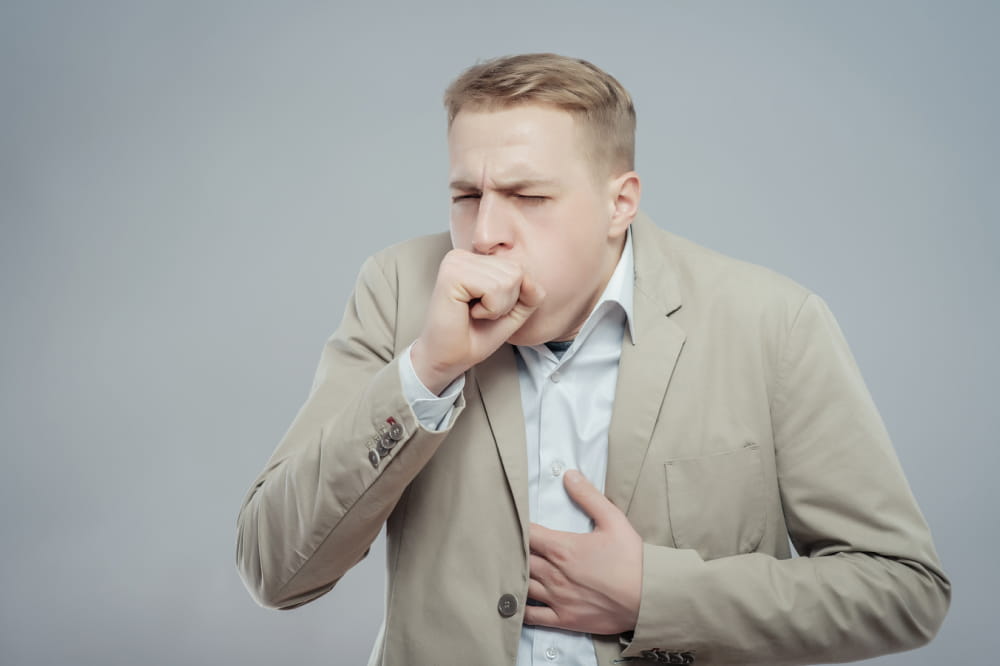Lung cancer – Causes, symptoms, and management

Cancer is triggered due to an uncontrolled multiplication of healthy cells in the body that affects vital organs and functions. Lung cancer is detected when these cells mutate, affecting the lung’s ability to absorb oxygen. It is a progressive disorder and cannot be completely cured. The risk is high among patients exposed to elements that worsen the cancer progression. Here is an overview of the causes, symptoms, and treatment options for lung cancer.
Causes of lung cancer
Exposure to pollutants
Exposure to known pollutants and carcinogens is one of the significant risk factors associated with lung cancer. Pollutants comprise chemicals and particulate matter that damage the air sacs in the lungs. This comprises the ability of the lungs to absorb oxygen.
Radon gas
Radon is one of the most severe triggers of lung cancer. Exposure to this gas is quite common in residential homes as this compound is naturally present in the soil. Over time the gasses creep up into the building’s foundation and leak inside the home. Since this is a colorless, odorless gas, it’s quite difficult to identify this risk without smoke and gas detectors.
Genes
Certain genetic conditions or mutations in the genome sequence can also trigger lung cancer, especially if there is a history of the condition diagnosed among close members.
Signs and symptoms
Symptoms of lung cancer will vary depending primarily on the stage of its progression.
Persistent cough
A persistent cough that worsens over time could indicate lung tissue damage due to cancer. Coughing can also result in tissue damage that triggers bleeding. So, coughing up blood with mucus is another sign to look out for with developing lung cancer.
Shortness of breath
Breathlessness is another symptom that develops as the lungs cannot absorb oxygen efficiently, forcing the organ to work overtime. As a result, one might frequently gasp for bouts of air to fill up the lungs efficiently.
Chest pain and wheezing
Gasping for air can trigger wheezing, where most people experience severe breathlessness. Often, people also complain about chest pain that develops as a result of putting the organ under immense pressure.
Treatment and remedies
Treatment will help improve the outlook for a person living with lung cancer. These options will vary depending on the severity of the symptoms.
Surgery
Depending on the progression of the cancer, oncologists may recommend either a wedge resection (removal of a small tumor) or a segmental resection (removal of a larger portion) during the early stages. In more advanced stages, a lobectomy (complete removal of the lobe) or pneumonectomy (complete removal of the lung) may be necessary to prevent the cancer from spreading.
Various therapies
Radiation therapy, chemotherapy, targeted therapy, immunotherapy, and stereotactic body therapy can be done to manage the spread of cancer. Doctors will assess the viability of these procedures by considering factors like age, health, patient preferences, and outlook for treating the type of cancer.
Doctors will further suggest changes in daily nutrition, remedies for palliative care, stress management techniques, and healthy lifestyle changes to improve the outlook on living with lung cancer.



